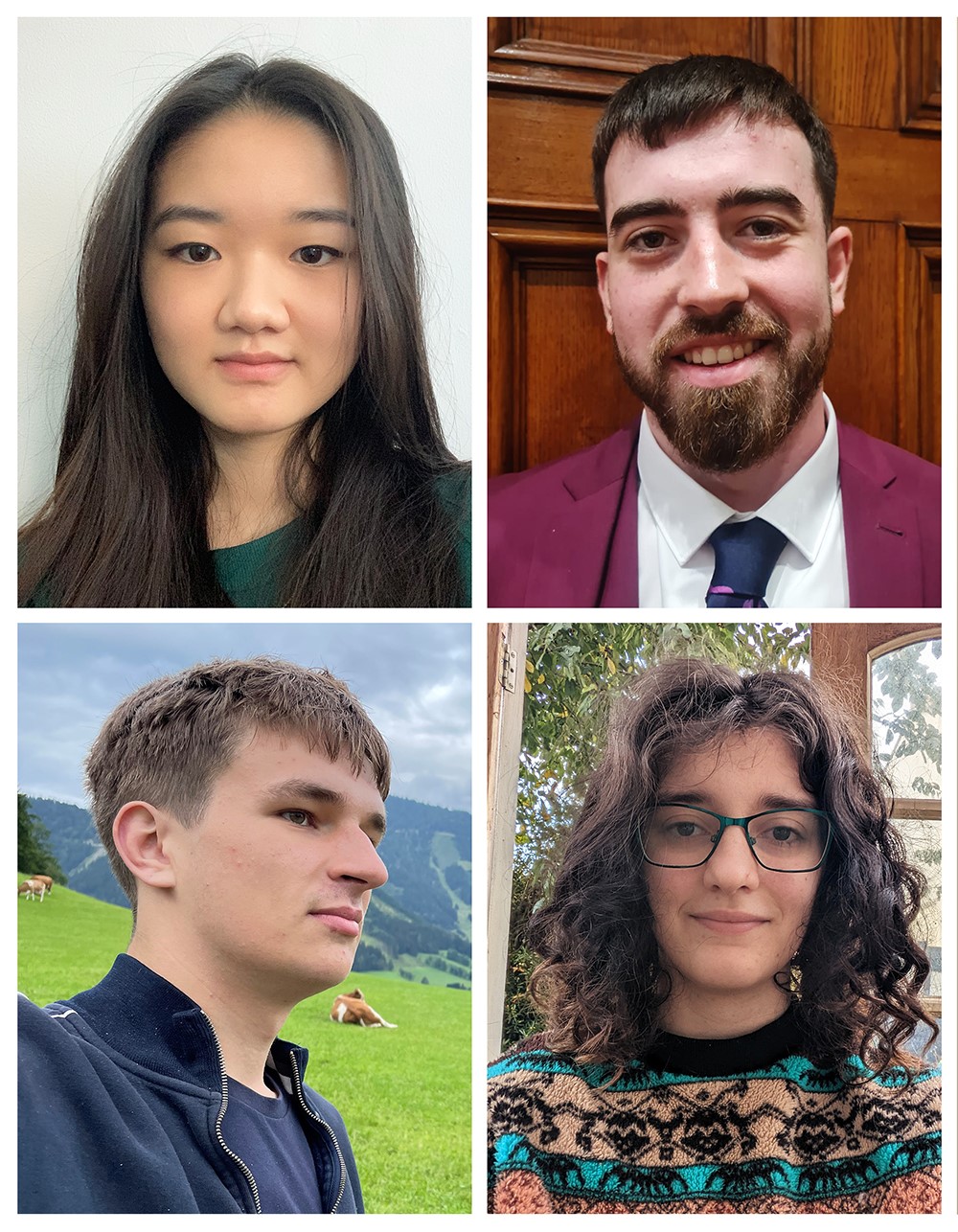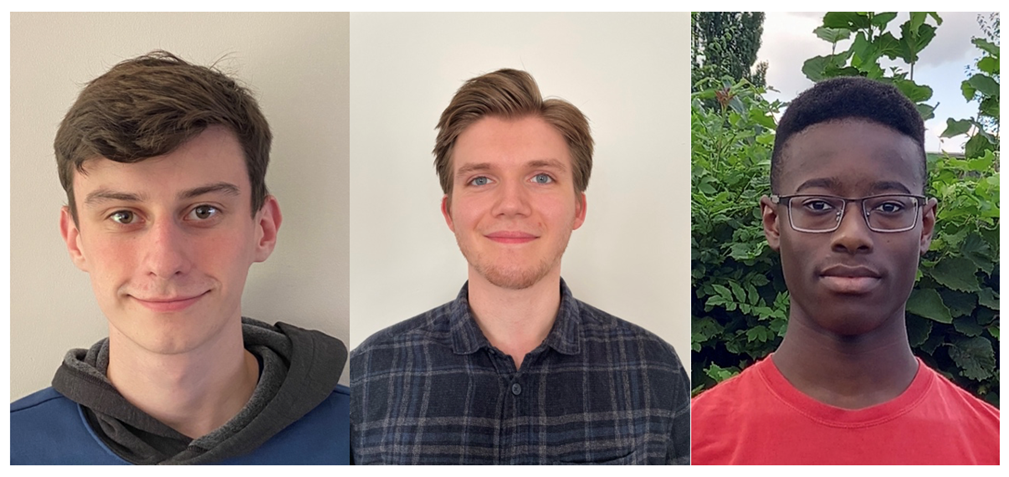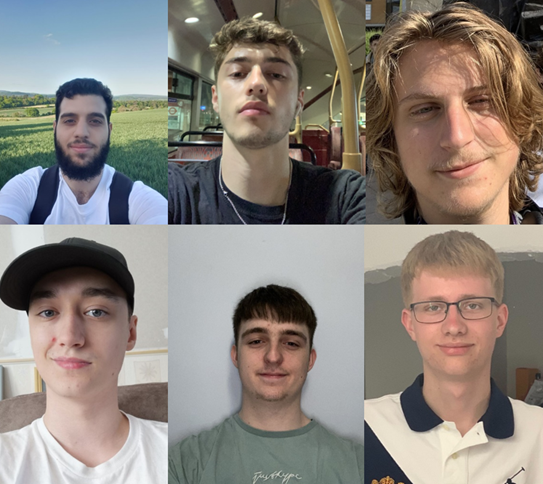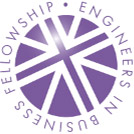Business Case for An Engineering Design Proposal – 2022
Back to Competitions | The Business Case for An Engineering Design Proposal is an assessed component of the ENG0014 Engineering and Physical Sciences Laboratory and Project module. This project provides foundation students with an insight into the entrepreneurial aspects and the multi-disciplinary nature of engineering and science, and enhances skills in a variety of areas including presentation, working collaboratively, managing deadlines, and idea generation. Students worked in groups to make a business case for an engineering, IT, communications, or physical sciences-based idea. |


First Prize Winner: A-wear
The A-wear team comprises (top) Christine Voong and James Daly; (bottom) Denis Makara and Erin Carney – all are Mixed Discipline Foundation Year Students – £1,500 Engineers in Business Prize
Deaf people and those who are hard of hearing struggle to know when a fire alarm is sounding. The A-wear band aims to change that. A-wear is a silicon band that uses sound recognition to detect when a fire alarm is sounding and vibrates to alert users.

Second Prize Winner: Creatively Wild
The Creativity Wild team comprises (left) Ryan Davies, (middle) Henry Longbottom, (right) Asheed Green, and (not pictured) Joseph Campbell and Mohamed Jazmee – all are Mixed Discipline Foundation Year Students – £1,000 Engineers in Business Prize
Creatively Wild is a group that believes in the joys of nature and wants to create a way for today’s generation of children to find that joy, in a world so heavily run by technology. Our aim is to get younger people involved with the great outdoors to promote physical activity, and interest in nature with the help of technology.

Third Prize Winner: Emergency Solutions
The Emergency Solutions team comprises (top left to right) Tarik Al-Abdally, Woody Brown, Jack Hollands, (bottom left to right) Jack Matthews, William Swaysland and Charlie Cox – all are Mixed Discipline Foundation Year students – £500 Engineers in Business Prize
The use of a tourniquet often leads to injuries becoming greatly exacerbated if used incorrectly to the point where a patient may have to undergo an amputation. Emergency Solutions aims to research into the use of tourniquets in combat situations and locate the key flaws and weaknesses. This is essential in the development of the team’s improved ‘Auto-Release Tourniquet’ that will feature a releasing mechanism to preserve patients’ limbs and ensure safety. This mechanism allows for a high-strength material to be easily tightened around a patient’s limb without becoming loosened. This is due to the automatic locking system developed that prevents the straps from loosening unless signalled to do so by an operator or the emergency release is activated.
Positive feedback
We had 14 student teams within our Engineering and Physical Sciences Foundation Year who developed business cases and pitches for a range of products and ideas. Ideas included: capturing energy from rainfall, educational apps for identifying bugs, and timers on medical tourniquets. Many students demonstrated fabulous team working skills, flexibility, and creativity; others showed great leadership potential, often stepping up to this role in the team when initially hesitant. The support from our entrepreneur-in-residence, Student Enterprise team and the EIB competition have all encouraged a first step into understanding how business in engineering works and, for some students, has initiated a clear passion for business in engineering to help drive their studies as they continue onto undergraduate engineering programmes next academic year. The external recognition through the EIB competition clearly boosted confidence in our students and helped to demonstrate the possibilities ahead in science and engineering careers. Thank you for your continued support of this competition.
Carol Spencely
Teaching Fellow (Learning Development)
University of Surrey
